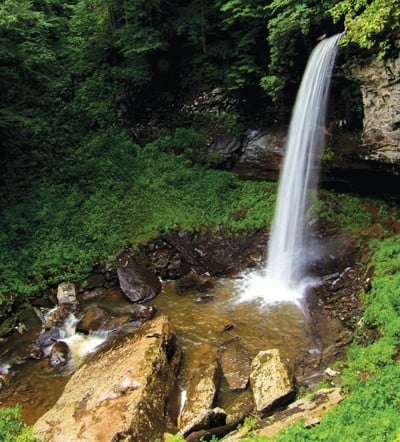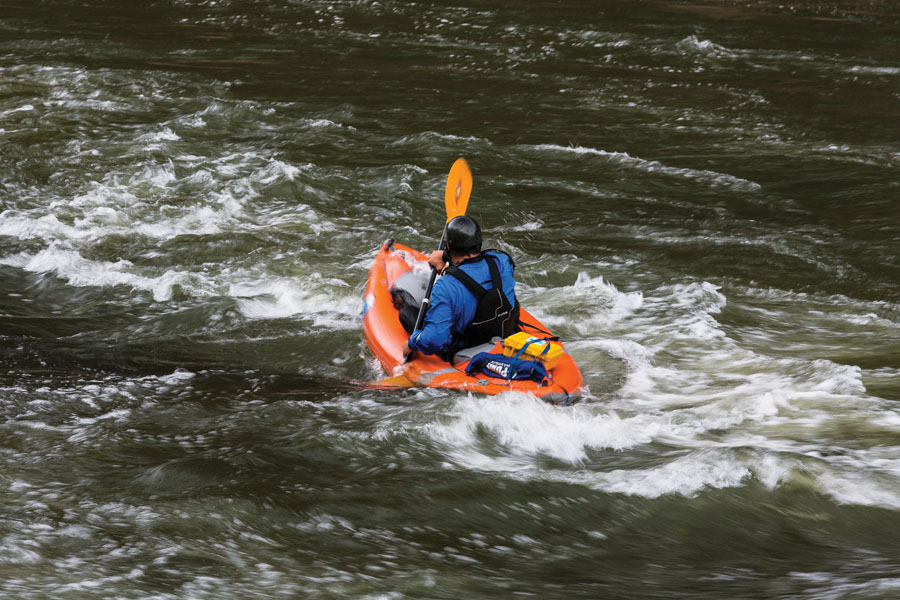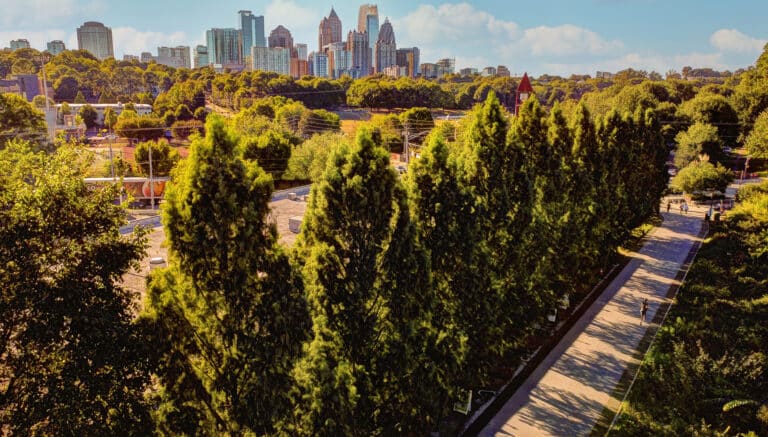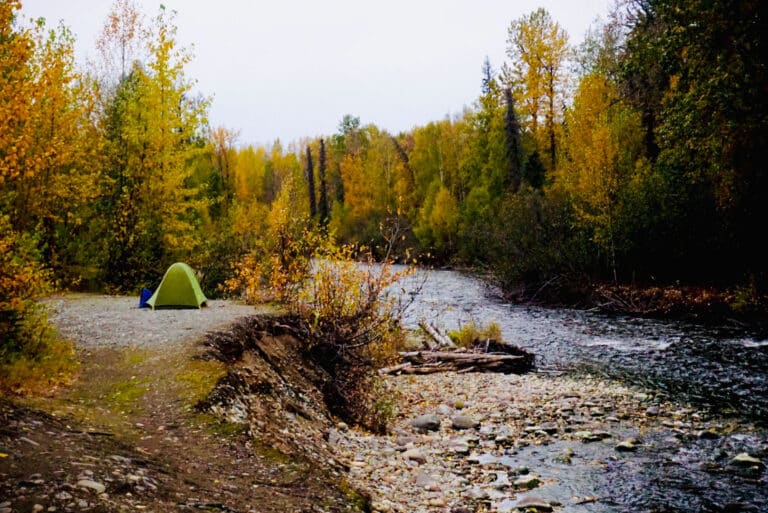Visiting the Cranberry Wilderness in the Monongahela National Forest of southeast West Virginia is like going back in time. Ancient red spruce cast their shadows over mountains and ridges, peat bogs, and ice-cold streams teeming with native trout.
The Cranberry Wilderness, which stretches over some 48,000 acres and sits in a pocket created by the convergence of Pocahontas, Greenbrier, and Nicholas counties, also happens to be the largest federally-protected wilderness area in the east. Hikers, campers, anglers, mountain-bikers, bird-watchers, tree-huggers, hunters, and others have mounted their excursions into the wilderness for years from nearby gateway towns like Marlinton, Richwood, and Lewisburg.
But a specter has recently been cast over this unique treasure: West Virginia’s natural gas industry is booming faster than people can make decisions about how to deal with it. West Virginia is, after all, a literal mine of natural resources. It sits atop the prolific Marcellus Shale and Utica Shale. While coal has long helped fuel the state’s economy, it is the rise of fracking, or the extraction of natural gas, that has begun to worry some about its potential impact on the Cranberry Wilderness and the headwaters located there. While there are currently no plans on the table to frack inside this corner of the forest, there are several proposed interstate pipelines that would run through it.
That has a diverse group of West Virginians worried—especially in the wake of the disastrous Elk River chemical spill in January 2014 that contaminated the drinking water for some 300,000 people near Charleston. What if something similar would happen in this area, which happens to be the headwaters of six major rivers—the Cranberry, Cherry, Gauley, Williams, Greenbrier, and the Elk?
“The water people use downstream starts up in our mountains,” says Angie Rosser, the executive director of the West Virginia Rivers Coalition and one of the leaders of a three-year-old proposal to turn the Cranberry Wilderness and thousands of acres surrounding it into a National Monument.
That proposal, dubbed the Birthplace of Rivers National Monument, would add another 70,000 acres to the protected parcel for a total of nearly 120,000 acres. It’s being championed by a coalition of local politicians, hunters and anglers, mountain-biking and whitewater enthusiasts, entrepreneurs, and others who, far from being anti-energy, are focused on preserving access to the wilderness for generations to come.
“There are some places that should simply be off the table when it comes to development or heavy energy extractions, and this area should be one of those,” says Lee Orr, chairman of the West Virginia Council of Trout Unlimited.
What is a National Monument Anyway?
A national monument is federally protected land that can be designated directly by the president. There are currently 117 national monuments in the U.S. spanning 30 states. The first one was Devils Tower in Wyoming, which President Theodore Roosevelt created in 1906 after the passage of the Antiquities Act, which gives the president the power to preserve landmarks or structures with historic or scientific interest. Most U.S. presidents have followed Roosevelt’s lead in adding to the tally. But it is President Barack Obama, who has created 19 monuments covering some two million acres, who is the current record holder.
That’s given members of the coalition hope that the president, who created three new monuments as recently as July 2015, would look westward from D.C. to the country roads of West Virginia to create his next one.
More realistically, the coalition hopes that their former governor and now senator, Joe Manchin, will step up to the plate since the U.S. Congress can also create National Monuments through legislation.
But the path to getting from here to there promises to be a rocky one politically. For one, the decision to pursue the designation of a national monument has admittedly created some confusion among locals about what a National Monument really is. While the state of Arizona has 30 of them, for instance, West Virginia has none.
That’s led some residents to question whether the designation will somehow restrict activities like hunting and fishing or that sections would be paved under and turned into paid parking lots. Some of that mix-up might result from a failed attempt by then Governor Manchin several years ago to create a National Park in a different part of the state—an effort that failed to attract the support of just about anyone.
That might also explain why a common catchphrase among skeptics today is: “Why not just leave things the way they are?”
Strangely enough, the goal of the Birthplace of Rivers coalition is, in fact, to do just that: to keep things exactly the way they are. That includes continuing to allow timber harvests within the boundaries of the proposed monument and ensuring that outdoorspeople of all types will continue to have access to the wilderness regardless of any political maneuvering that might occur in D.C. or Charleston in the future.
“We jumped on board in support of this monument a while back,” says Orr of Trout Unlimited. “It’s basically a name change. If angling or hunting would be restricted in any form, we would pull our support. This area contains some of the best native trout fishing anywhere on the east coast. Some people think that keeping a resource serves to protect it. We feel the monument designation would serve to promote the area, which could use an economic boost.”
Indeed, an economic impact study commissioned by supporters found that designating the wilderness as a National Monument would attract some 42 percent more visitors from all over the country, create more jobs and lead to a net economic impact of more than $4.3 million a year.
Those are encouraging numbers to John Manchester, the long-time mayor of Lewisburg, a town of 3,800 residents in Greenbrier County that sits just about 60 miles outside the proposed monument boundaries. Manchester says his town already serves as a basecamp for visitors who may want to relax in a comfy hotel bed or grab a hot meal at one of many restaurants that line Lewisburg’s downtown before heading into the wilderness.
He thinks the National Monument designation would spur even more people to visit his town and also to take advantage of the many outfitters who also make their home there. “There are clear benefits to the community both in job development and economic impact that would accrue from such a designation,” says Manchester, adding that the city council in Lewisburg has already passed a resolution in support of the Birthplace of Rivers proposal.
The Path Ahead
Supporters continue to rally for the National Monument designation. They all share the hope that Senator Manchin will step up and sponsor the legislation needed to get there before it’s too late.
“This is a special place,” says David Lillard, special projects manager for the West Virginia Rivers Coalition. “If ever there was a place that deserved to shine, this is it. Whatever else goes on, we have to protect this place. Let’s deal with the uncertainty of the future now. This would be a real shot in the arm for the state. We deserve this.”









